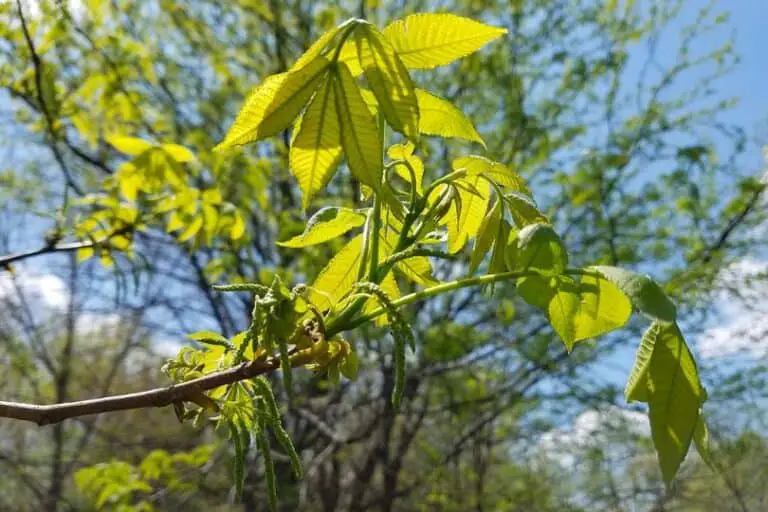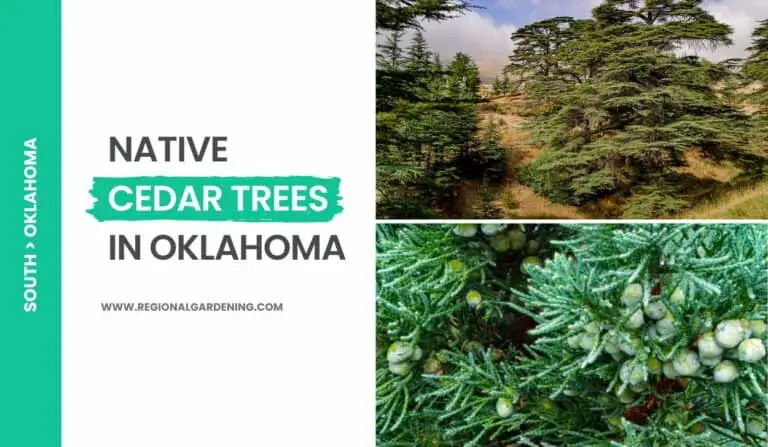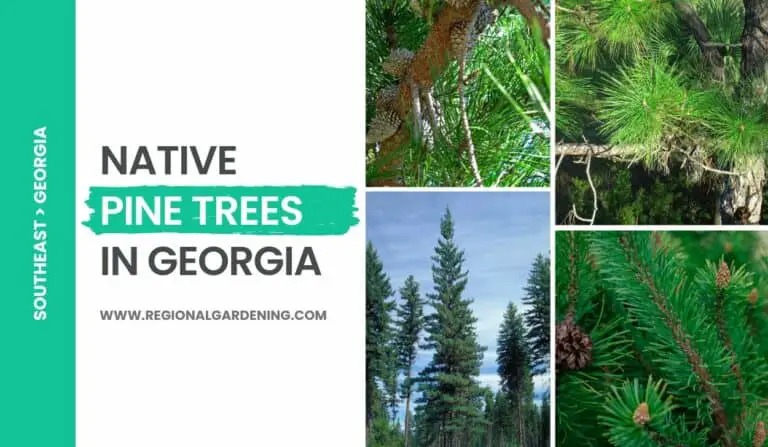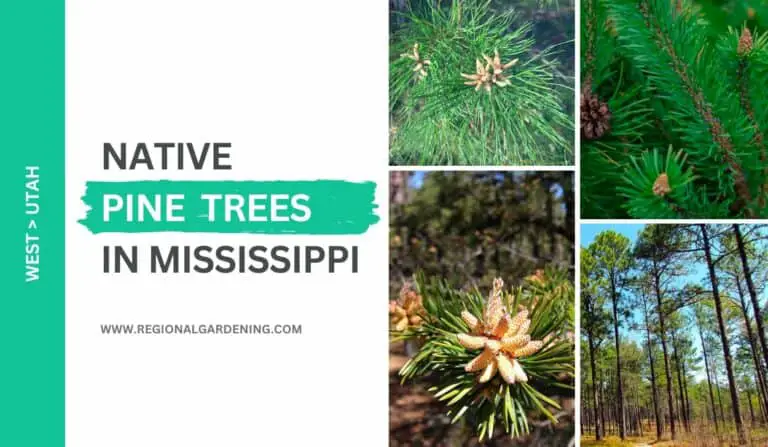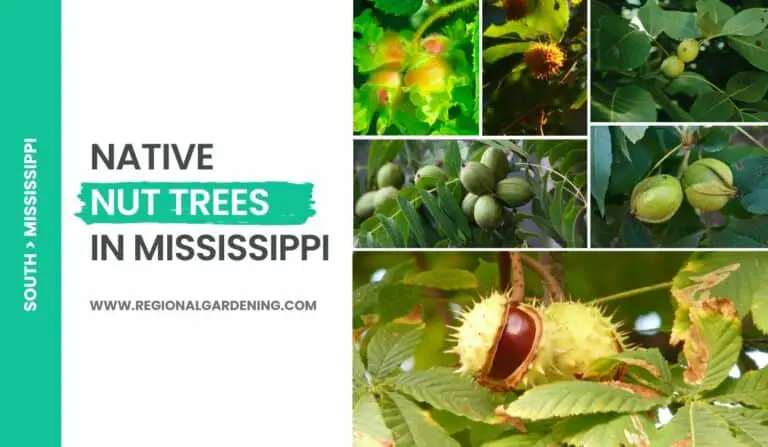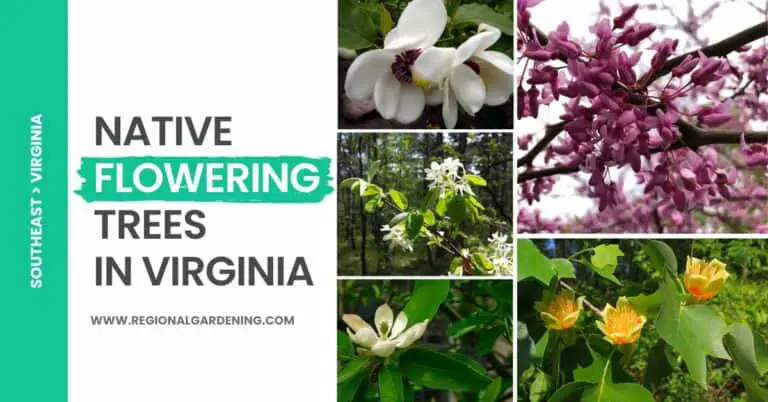2 Common Cypress Trees In Kentucky (Photos & Description)
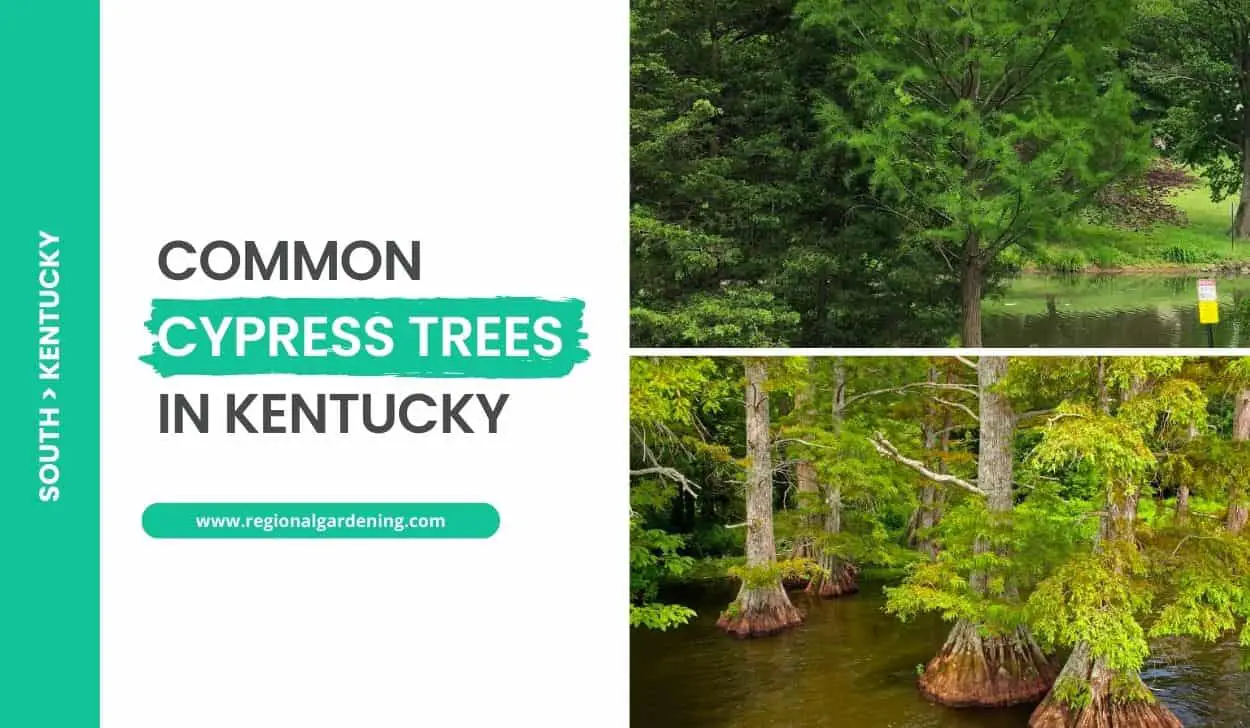
Come into the beautiful world of Kentucky’s cypress trees, where each tree has its own special beauty and ecological importance. Kentucky’s ecosystem is very diverse, and cypress trees are large and noticeable parts of it.
With this article as your guide, you can start to figure out what Kentucky’s cypress-covered landscapes are hiding. We are going to take a visual trip through this interesting photo and identification guide, looking at what makes the three most common cypress trees in the area unique.
Prepare to be mesmerized by the iconic Bald Cypress trees in Kentucky, with their gravity-defying, majestic roots, the delicate Pond Cypress thriving in peaceful wetlands.
Let’s begin.
1. Pond Cypress
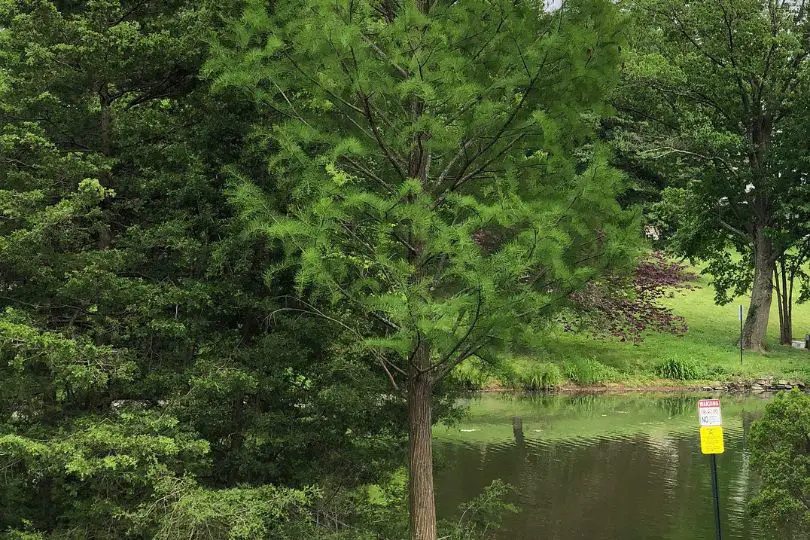
- Scientific Name: Taxodium distichum var. nutans (formerly T. ascendens)
- Common Name(s): Pond Cypress, Pendant Pond Cypress
- Mature Height: Typically smaller than Bald Cypress, specific height not provided in the provided information
- Native Region: Native to the southeastern United States, including parts of Kentucky
- Flowers: Monoecious; male flowers in panicles; female cones are present, but specific details about their appearance are not provided (No Flowers in the traditional sense)
- Fruit: Brown cones, fewer knees compared to Bald Cypress
- Uses: Similar to Bald Cypress; utilized for decay-resistant wood, though not mentioned for specific uses like construction or mulch; suitable for bonsai cultivation
Pond Cypress, technically known as Taxodium distichum var. nutans, is a tree found in swampy areas of the southeastern United States, including parts of Kentucky. Although mature height statistics are not supplied, it is normally smaller than the Bald Cypress.
This tree is similar to the Bald Cypress in that it is monoecious and has male flowers in panicles, though no precise specifics on female cones are supplied in the available literature.
The Pond Cypress has the moniker “Pendant Pond Cypress” due to its distinctive nodding branchlets. It has thicker bark than the Bald Cypress and generates fewer knees, which are root system extensions that assist in anchoring the tree in moist soils.
Pond Cypress foliage is characterized as thread-like and pressed tightly against the twig. Pond Cypress, like Bald Cypress, is appreciated for its decay-resistant wood, which makes it excellent for a variety of uses, though specific applications are not listed in the offered literature.
Pond Cypress cultivation in Kentucky gardens requires similar concerns to Bald Cypress cultivation. It grows in swampy areas with acidic soil. While it may not grow to the same heights as Bald Cypress, it is nevertheless an attractive and robust option for landscaping, particularly in damp or marshy environments.
2. Bald Cypress
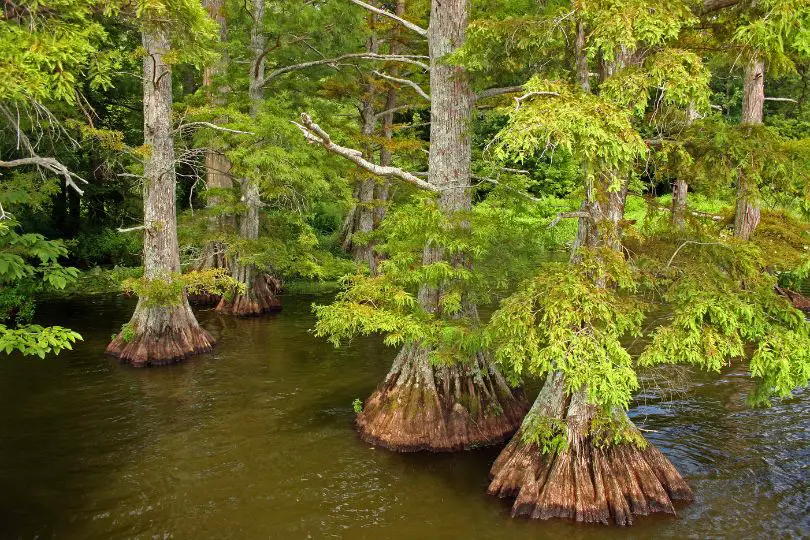
- Scientific Name: Taxodium distichum
- Common Name(s): Bald Cypress
- Mature Height: 50 to 70 feet (can exceed 100 feet in the wild)
- Native Region: Delaware south to Florida, west to Texas, Missouri, southern Indiana, and Illinois
- Flowers: Monoecious; male flowers in 4- to 5-inch-long panicles in March and April; female cones rounded, ½ to 1 inch in diameter, purplish before turning brown (No Flowers in the traditional sense)
- Fruit: Brown cones
- Uses: Highly valued for decay-resistant wood used in construction, boats, docks, and bridges; a source of cypress mulch; distinctive bonsai plant
Taxodium distichum, or Bald Cypress, is a majestic tree native to swampy areas of the southeastern United States, especially southwestern Kentucky along the Mississippi, Ohio, and Green rivers. It has brilliant, soft-looking, bright green needles that contrast with shaggy, cinnamon-colored bark.
The fern-like leaf turns bright copper or russet in autumn, leaving a beautiful needle carpet when it falls from the tree. Notably, this conifer sheds its leaves in the fall, exposing its fibrous bark, which peels off in large strips, creating an enthralling winter environment.
This tree has unusual structures called “knees” that arise from its root system, which is especially noticeable in moist settings. These knees give stability and are a distinguishing aspect of the landscape, yet they can make mowing difficult.
The bald cypress grows best in full sun and acidic soil, tolerating wet and dry circumstances well. Its strong wind resistance and versatility make it a popular choice for landscaping in Kentucky.
When young, the bald cypress has a pyramidal shape, but as it matures, it becomes more rounded. It can reach 50 to 70 feet and sometimes exceed 100 feet in the wild. In March and April, male flowers develop in panicles, whereas female cones are spherical, purplish, and finally become brown.
The bright yellow-green, feathery leaf darkens in July and turns russet- or copper-colored before shedding in autumn. Bald cypress wood is highly valued for its decay resistance and is used in a variety of projects, including boats, docks, and bridges. Furthermore, the tree is the source of cypress mulch, which is utilized in gardening and landscaping.
When growing bald cypress in Kentucky gardens, make sure it gets enough sunlight and is placed in acidic soil. Because of the tree’s tolerance to a variety of situations, including damp areas, it is appropriate for both standard garden conditions and swampy environments.
It is important to note, however, that the number of adult bald cypress trees is decreasing due to sluggish reproduction and habitat loss.
Common Cypress Trees In Kentucky – Frequently Asked Questions (FAQs)
In this section, I will answer some of the most commonly asked questions about cypress trees in Kentucky.
Are there any cypress trees in Kentucky?
Yes, there are indeed cypress trees in Kentucky. The bald cypress (Taxodium distichum) is a deciduous conifer native to the southeastern United States, including parts of Kentucky. These majestic trees are well-suited to the region’s wetlands, often found in swamps, streams, and other saturated areas.
Bald cypress trees are known for their distinctive appearance, with buttressed trunks, needle-like leaves that turn rusty brown in the fall before dropping, and unique “knees” – cone-shaped structures that protrude from the roots and are believed to aid in oxygenation. Despite their preference for waterlogged soil, bald cypress trees can adapt to various conditions, making them a resilient and iconic part of Kentucky’s natural landscape.
Apart from that, Pond Cypress is also found in the state, but not as common as bald cypress.
What are the common uses of cypress trees in Kentucky?
Cypress trees in Kentucky serve various purposes, making them valuable to both the environment and human communities. One of their common uses is in landscaping and ornamental gardening due to their graceful appearance and adaptability to different soil types.
Additionally, cypress wood is highly durable and resistant to decay, making it sought after for construction purposes. It is often used in crafting outdoor furniture, fences, decks, and siding, providing a natural aesthetic while ensuring longevity.
Cypress trees also play a vital role in the state’s ecosystem by stabilizing soil along water bodies, preventing erosion, and providing habitat for diverse wildlife. Furthermore, the bark and leaves of cypress trees have been utilized in traditional medicine for their potential therapeutic properties.
Similar Articles
- Maple Trees In Kentucky
- Dogwood Trees In Kentucky
- Berry Trees In Kentucky
- Oak Trees In Kentucky
- Hickory Trees In Kentucky
- Ash Trees In Kentucky
- Pine Trees In Kentucky
- Elm Trees In Kentucky
- Magnolia Trees In Kentucky
- Birch Trees In Kentucky
- Cedar Trees In Kentucky
- Locust Trees In Kentucky
Sources
The Regional Gardening team makes sure that the information in our articles is accurate by only using sources that are known to be trustworthy. Some of these sources are peer-reviewed journals from government agencies, well-known universities, and scientific research organizations.
- Common Kentucky Trees, Department of Forestry & Natural Sources, University of Kentucky
- Native Trees Of Kentucky, Department of Horticulture, University of Kentucky.
- Trees & Shrubs of Kentucky, Book By Mary E. Wharton and Roger W. Barbour, University Press Of Kentucky


